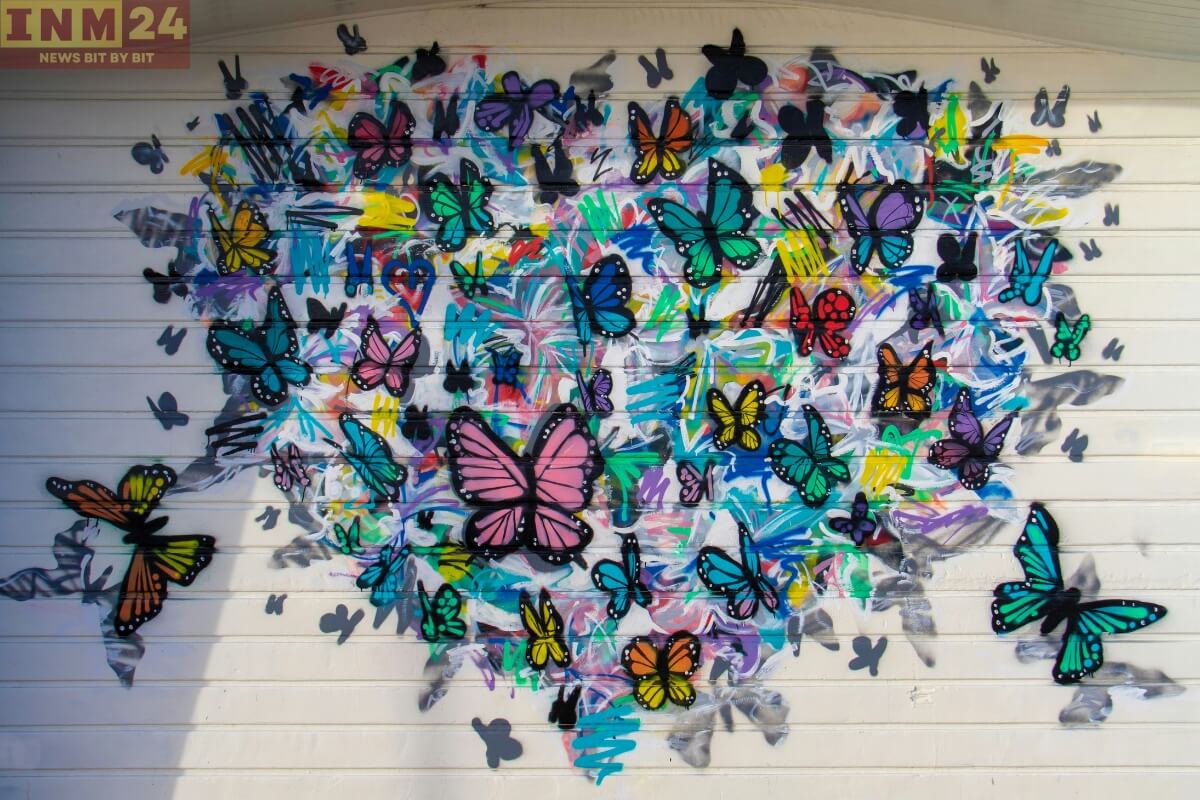Climate change continues to exert profound impacts on ecosystems worldwide, and one of the most affected groups of organisms are butterflies and moths. These delicate insects, known for their intricate beauty and ecological significance, are facing unprecedented challenges as their habitats undergo rapid transformation due to rising temperatures and shifting weather patterns.
Challenges Facing Lepidoptera Due to Climate Change
Butterflies and moths, collectively known as Lepidoptera, play crucial roles in various ecosystems as pollinators, herbivores, and prey for other animals. However, their populations are increasingly under threat as climate change alters the availability of resources, disrupts breeding patterns, and exacerbates the frequency and intensity of extreme weather events.
One of the most significant impacts of climate change on butterflies and moths is habitat loss and fragmentation. Rising temperatures and changing precipitation patterns are altering the distribution of plant species that serve as larval host plants and nectar sources for adult butterflies and moths. As a result, these insects are forced to migrate in search of suitable habitats, leading to population declines and local extinctions in some areas.
Furthermore, climate change is disrupting the delicate synchrony between butterflies and moths and their host plants. Many species rely on precise timing cues, such as temperature and day length, to coordinate their life cycle stages with the availability of food resources. However, shifts in these environmental cues can disrupt this synchrony, leading to mismatches between the emergence of adult butterflies and moths and the flowering of their host plants.
In addition to habitat loss and phenological mismatches, climate change also poses direct threats to butterflies and moths through increased frequency and intensity of extreme weather events. Heatwaves, droughts, storms, and wildfires can directly impact populations by causing mortality, habitat destruction, and disruptions to breeding and migration patterns.
Adaptation Capacities of Butterflies and Moths to Climate Change
Despite these challenges, butterflies and moths possess some capacity to adapt to changing environmental conditions. Some species may exhibit behavioral adaptations, such as altered feeding or mating behaviors, in response to climate change. Additionally, genetic adaptations may occur over time, leading to the evolution of traits that enhance resilience to environmental stressors.
However, the pace of climate change is outstripping the ability of many butterfly and moth species to adapt, leading to population declines and range contractions. Urgent action is needed to mitigate the impacts of climate change on these insects and protect their vital ecological roles.
Efforts to address climate change must include reducing greenhouse gas emissions to limit further warming and implementing strategies to enhance the resilience of ecosystems and species. Conservation measures such as habitat restoration, creation of wildlife corridors, and targeted conservation actions for vulnerable species can help mitigate the impacts of climate change on butterflies and moths.
Furthermore, citizen science initiatives, such as butterfly and moth monitoring programs, can provide valuable data on population trends and distribution shifts, informing conservation strategies and guiding adaptive management efforts.
Climate change poses significant threats to butterflies and moths, pushing these delicate insects to their limits. Urgent action is needed to address the root causes of climate change and implement conservation measures to protect these iconic species and the ecosystems they inhabit. By working together to address the impacts of climate change, we can help ensure a future where butterflies and moths continue to grace our landscapes with their beauty and ecological contributions.
